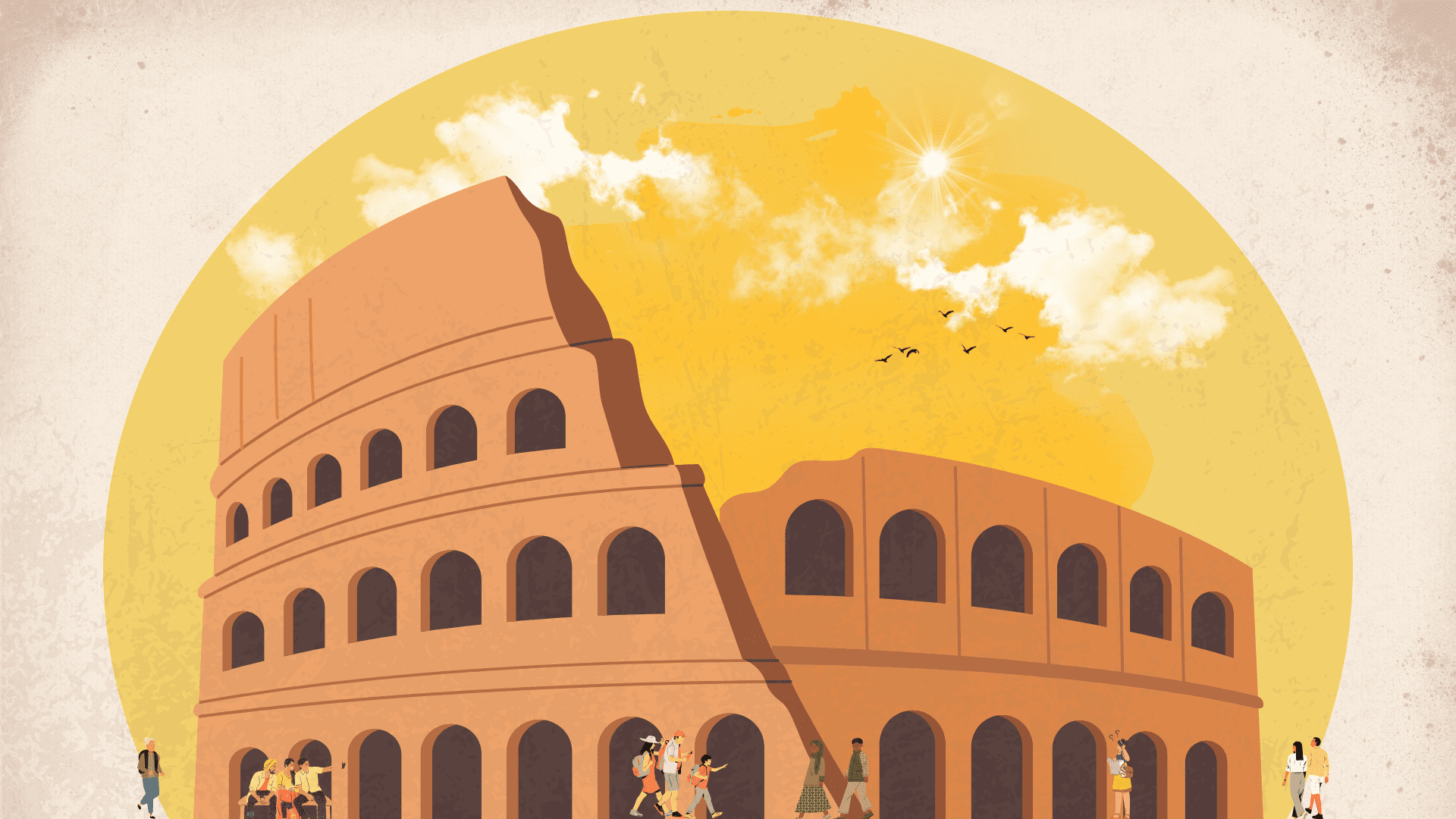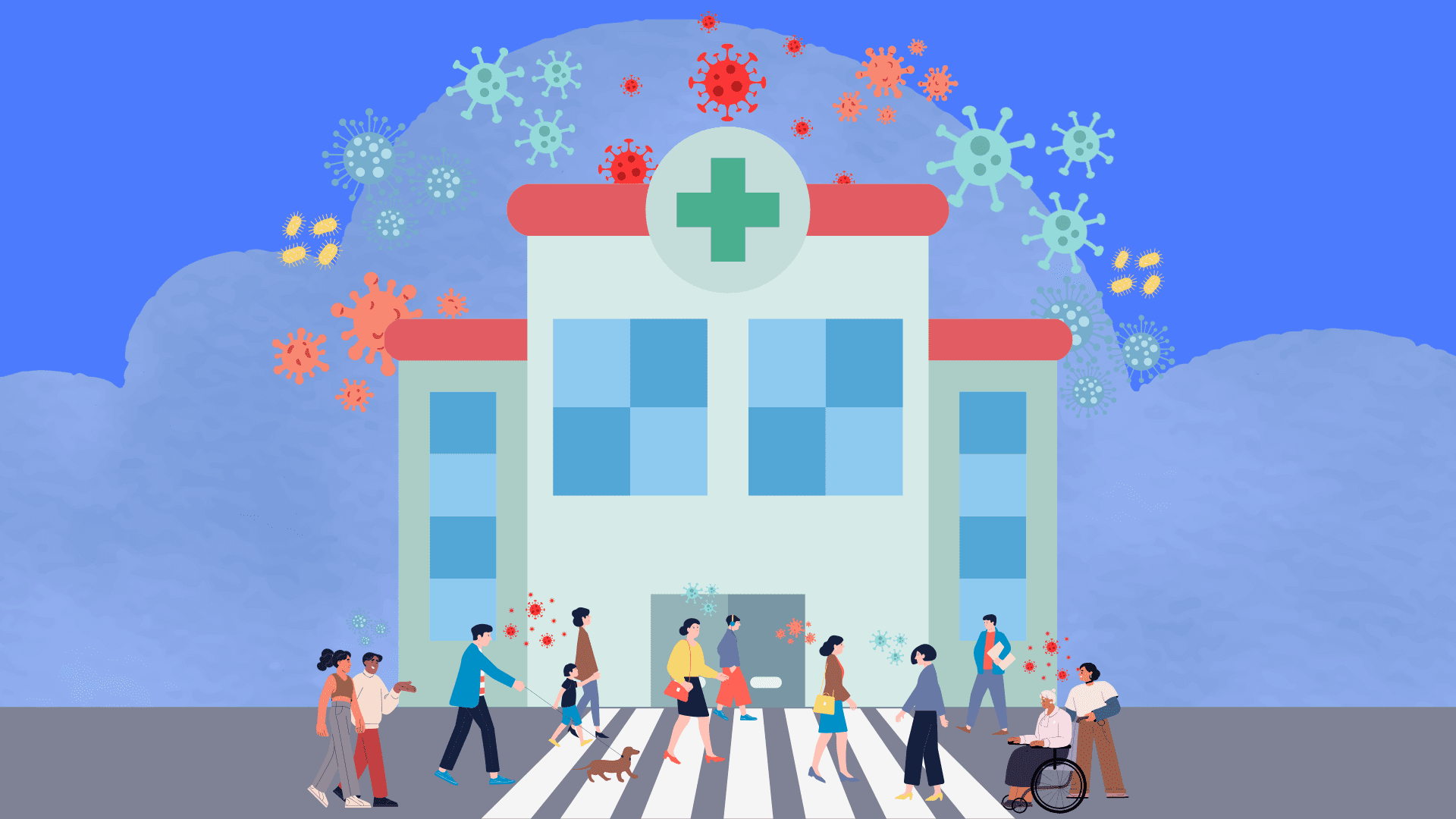27 Oct 2020 | Industry Insights
Supporting local talent - Neville Bulmer

As buildings are becoming smarter, the need for data scientists is becoming greater. That is why here at Twinview we are supporting Neville Bulmer through his PhD at Northumbria University, Newcastle.
Having achieved First-Class Honours in Computer Science, Neville wanted to build upon his success and apply for a Master's degree. His tutor believed in his ability that much that they advised him to go straight for a PhD instead. As luck would have it, Twinview was seeking a postgraduate at the time to research the application of artificial intelligence and machine learning.
Neville has been fascinated by computers since his late teens and enjoys the complexity of the challenge that they present.
Neville commented, “With a PhD, you are left to your own devices to carry out the research and build the prototype. With the environment around us changing every day the solutions will be dynamic in response to the needs within the built environment.”
Neville will be researching energy consumption and predictive maintenance.
Neville continues, “As an example of the type of scenario I will be exploring is the life expectancy of light bulbs, if a room has 4 bulbs and 1 is close to failing, a system will be able to predict when each bulb will fail to allow Twinview to work out the optimal time to send a maintenance person out, in turn, reducing costs.
Neville is very much part of the Twinview team and his role will continue beyond his PhD where he will continue the development of machine learning and artificial intelligence within the Twinview platform.
Related insights

Industry Insights
Can Digital Twins Help Us Design Buildings That Bring People Together?
Loneliness is increasingly recognised as a public health issue, and the built environment has a role to play in addressing it. A well-designed building can meet every technical standard yet still leave people feeling isolated. Homes, workplaces, campuses and later-living communities often fall short not because they lack function, but because they lack connection. Architects and planners are beginning to ask a deeper question: how can buildings help people feel less alone? This isn’t about surveillance. It’s about feedback, helping designers and operators refine buildings after handover to better support wellbeing and social interaction. Technology won’t solve loneliness on its own, but used responsibly, digital twins like Twinview can guide the creation of buildings that feel more human.
Read more

Preserving the Past Through the Future: How Digital Twins Are Transforming Heritage Conservation
Discover how digital twins are transforming heritage conservation. Historic buildings face growing threats from climate change, material decay and visitor impact, yet traditional maintenance methods are often reactive and unable to prevent long-term damage. This article explores how digital twins offer a new path to proactive preservation, giving conservation teams powerful insight without compromising historical integrity. Whether a building is centuries old or lacks detailed plans, Twinview enables conservation teams to start small and build meaningful insight step by step. With digital twins, we can shift from reactive repairs to predictive preservation, protecting authenticity while planning confidently for the future. Explore how technology can give history a digital life.
Read more

Industry Insights
Digital Twins for Infection Control in Hospitals: Supporting Safer Healthcare Environments
Infection prevention has always been central to safe healthcare, but COVID-19 exposed how vulnerable hospitals can be to outbreaks. Digital twins like Twinview offer hospitals real-time insight into how buildings are used, from patient flow and air quality to occupancy and cleaning. By creating a live 3D model of the facility, Twinview helps teams identify high-risk areas, optimise ventilation and target cleaning where it’s needed most. It supports smarter admissions, safer waiting areas and data-driven decisions that reduce infection risks. Rather than predicting every outbreak, Twinview highlights unsafe conditions early, empowering hospitals to act fast. Integrated with IoT sensors and building systems, it enhances compliance, safety and efficiency. As digital twin technology evolves, Twinview’s potential grows, supporting AI-driven analytics, clinical integration and sustainable, infection-resilient hospital design for the future.
Read more

